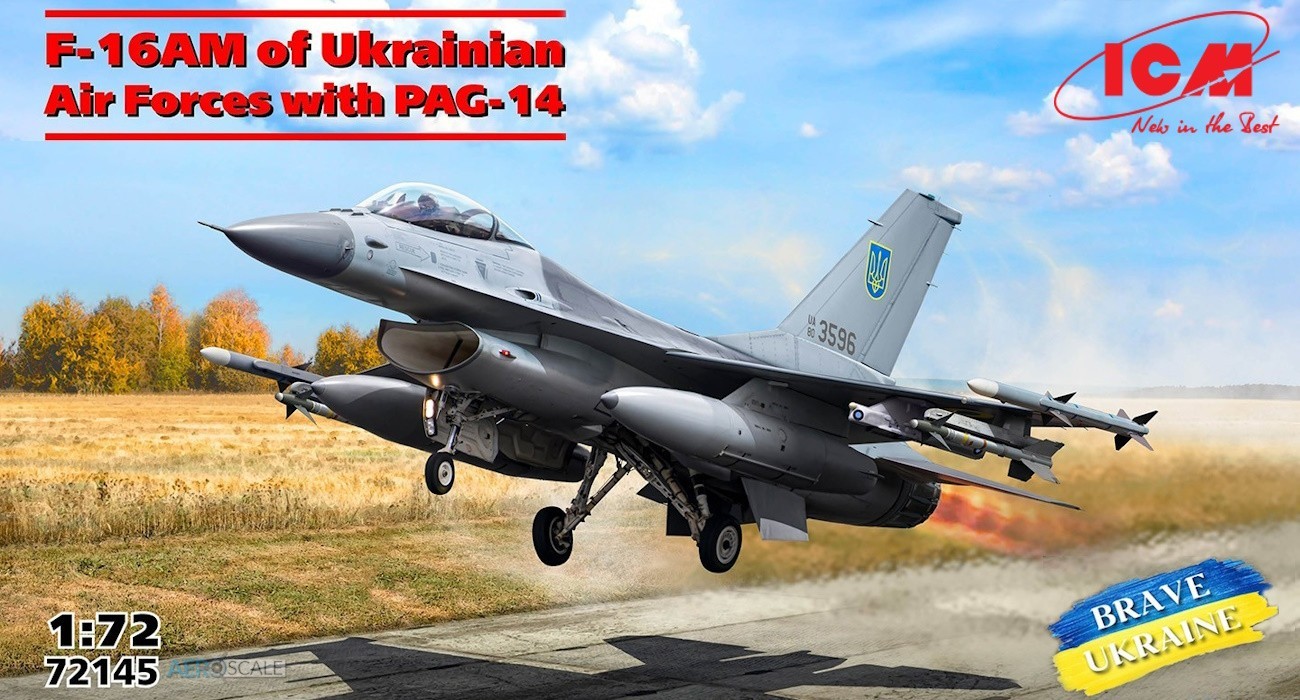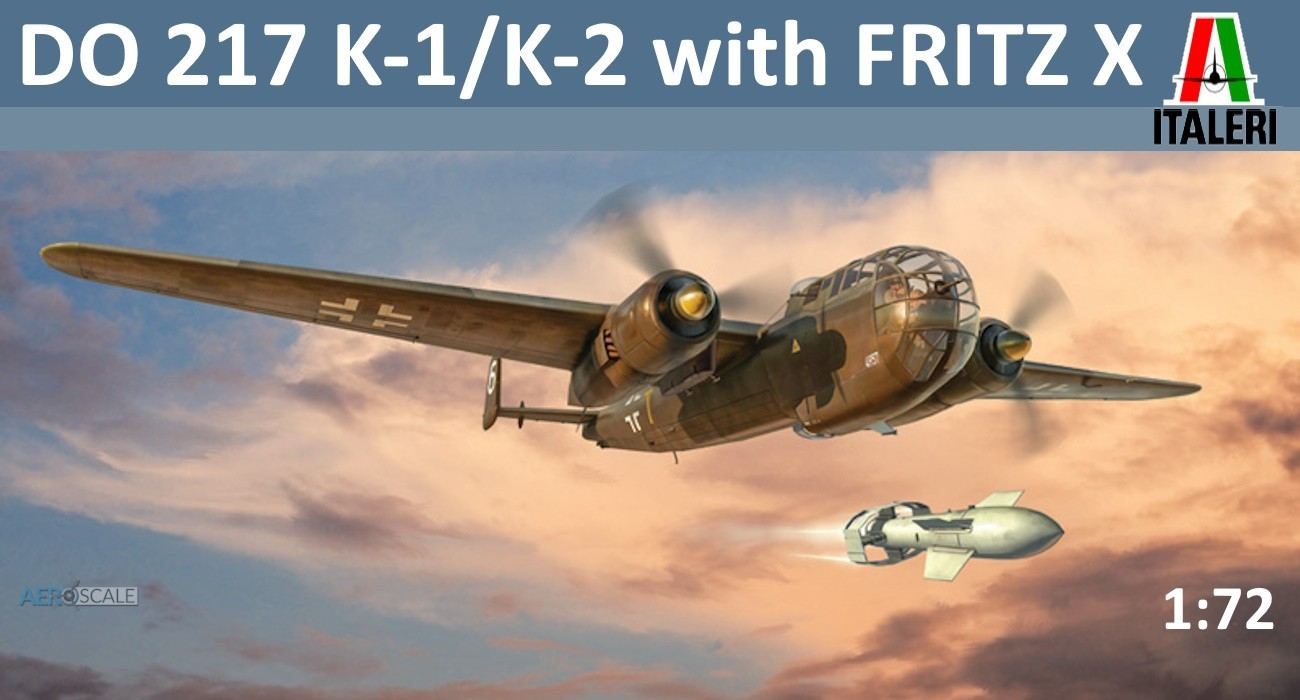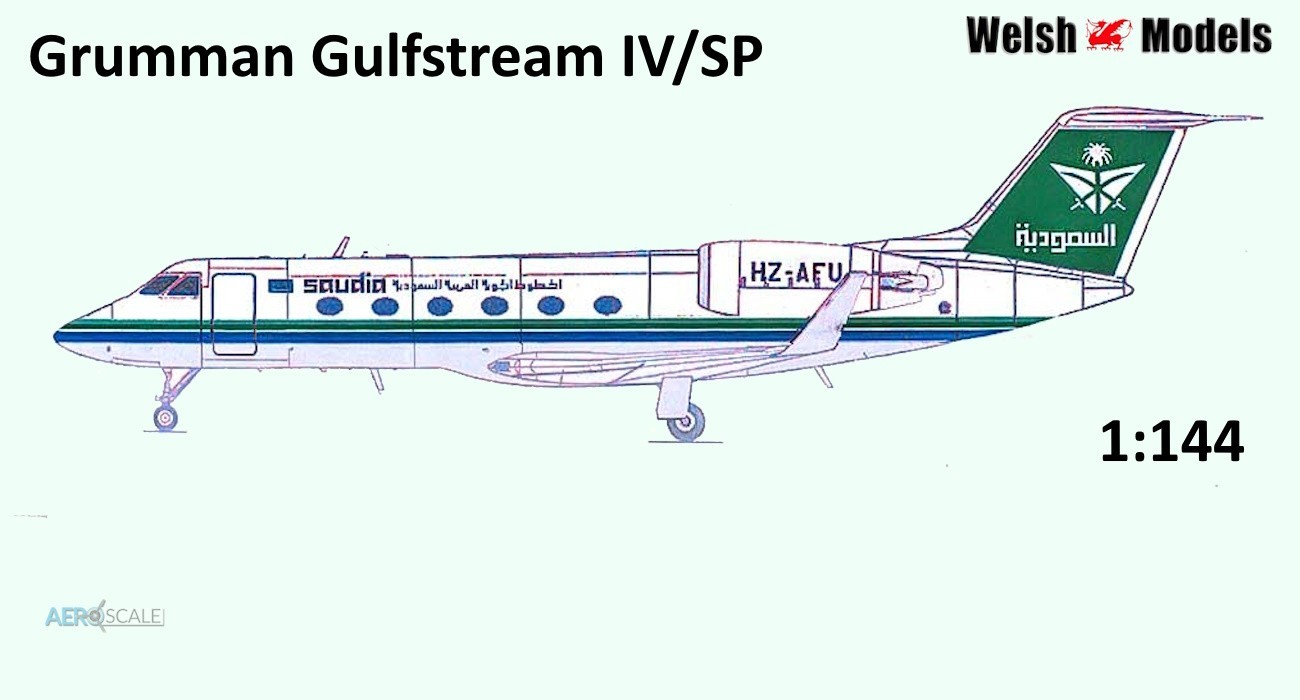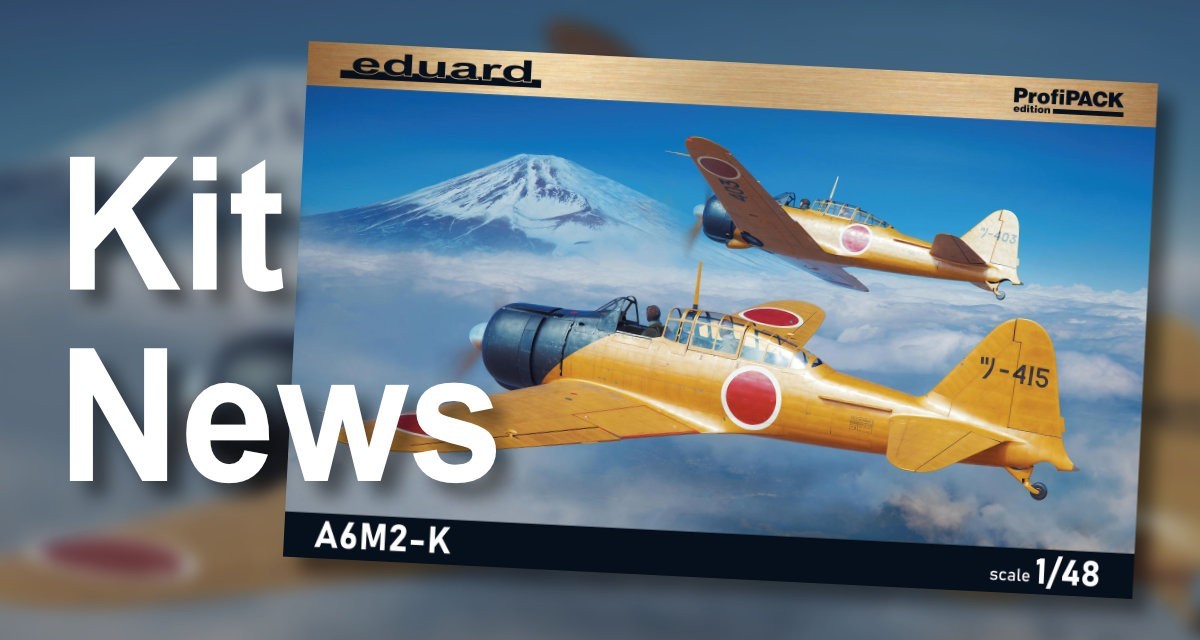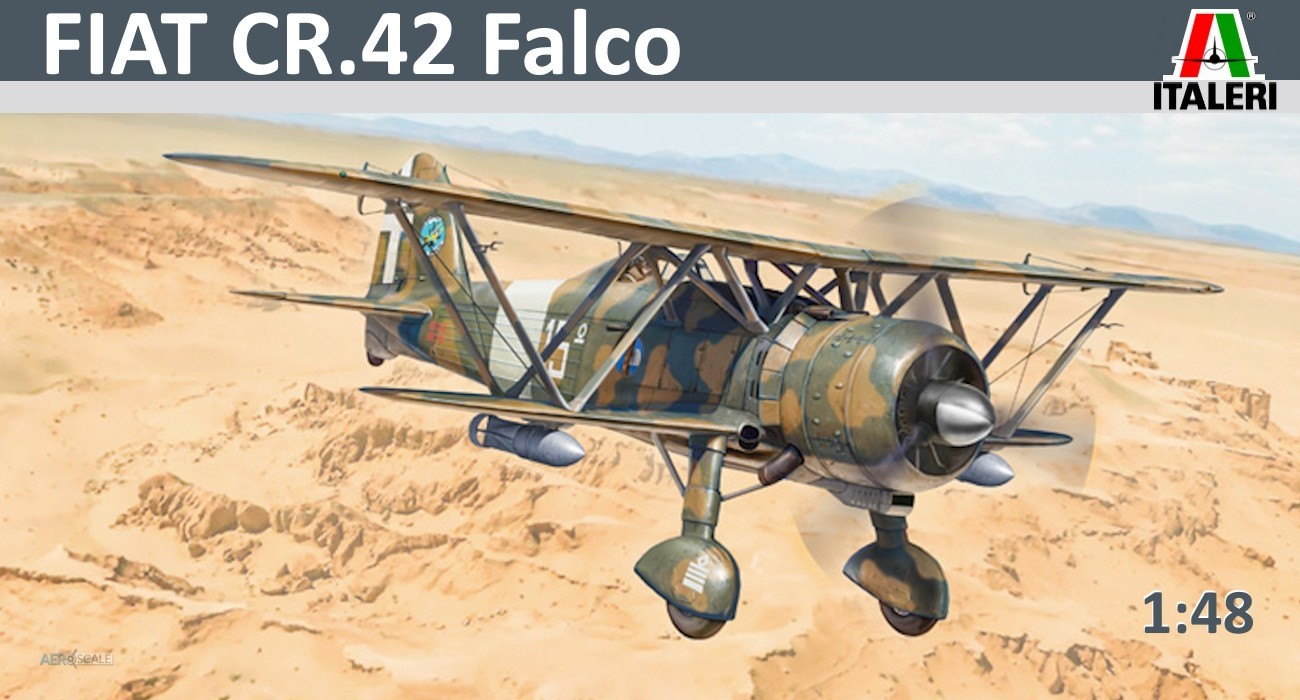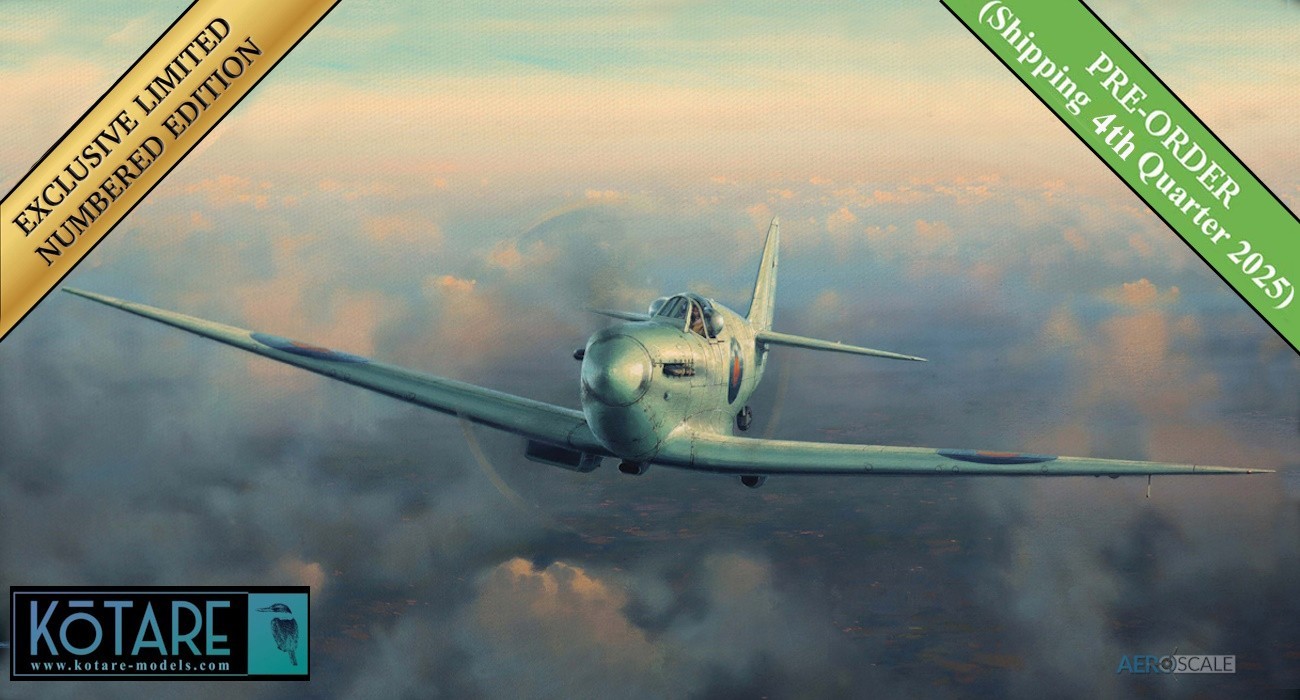Read Review: France's War in Indochina Vol. 1, The Tiger vs. the Elephant, 1946-1949 | Armorama™
Introduction
France colonized Southeast Asia (what was then called by westerners Indochina) in the 1800s as part of the other European powers carving up sovereign nations, or suppressing them with unequal treaties. Yet from the outset, the people who thought of themselves as Vietnamese (as opposed to Tonkins, Annamites, Laos and Cambodians) resisted the French as they had resisted the Chinese for centuries before. By the start of World War Two, France's fortunes in the region went into decline after a quick defeat by Nazi Germany meant it was forced into acquiescing to the demands and indignities of Germany's Axis partner, Japan. The collaborationist Vichy French puppet government's representatives in Southeast Asia, as well as its occupying forces, thought they would be treated with some respect by another Axis power, but were quickly neutralized by a Japan intent on crushing all opposition, and using the country and its ports as jumping-off points for further conquests.
The Vietnamese saw their French oppressor humbled, and used American aid during World War Two to develop a nascent military might intended to bring about their independence. By 1945, Japan's fortunes were on the wane everywhere, and even though France had regained much of its original status among the victorious Allies, it lacked the military and financial means to reassert full control of its Indochina colonies. Great Britain, who planned on slipping back into a role as a colonial power globally, supported a French return to Vietnam; however, the local population had other ideas. Almost from the moment that hostilities with Japan ceased, the Vietnamese Communists and other opponents of France began to fight for independence. The United States, initially proposing that colonial peoples make their own determination as to postwar sovereignty, was facing pressure to resist Soviet expansion in Europe. So President Truman did an about-face on the policy on national self-determination after France's de Gaulle threatened to refuse to support NATO. The French used US military support to take over Hanoi, Saigon and Vietnam's other cities. The Vietnamese formed what became known as the Viet Minh, and so began what many call The First Vietnam War.
Casemate Publishers has released the first of a planned three-volume set entitled France's War in Indochina from Helion & Company UK. The first volume, The Tiger vs. the Elephant, 1946-1949, was written by Stephen Rookes, with color plates by David Bocquelet, Jean-Marie Guillou and Anderson Subtil, along with maps by George Anderson, and covers the lead-up to and early years of the war.
Contents
Prelude to War in Indochina, 1940-1945
France Returns to Indochina
The Path to War
Meanwhile, In Laos and Cambodia
The French Air Force (and other aviation) in Indochina
The Ever-Changing Face of the First Indochina War, 1948-1949
Bibliography
The Review
This first volume of a planned three-volume set is an excellent overview of the conflict's roots. It details both the diplomatic and strategic origins of the war, as well as interesting, if little-known side disputes such as the war between Vichy France and Thailand over territory seized in the 19th Century. Much of the book is devoted to setting the stage for the conflict to come, rather than battles and events, including the organizational structure of both the French and the Viet Minh. This is needed because by late 1945, the situation in Vietnam and the rest of Indochina was volatile. The Viet Minh controlled large parts of the northern countryside, while the French attempted to seize the cities, especially Hanoi and Saigon, intent of forcing a World War Two-type campaign of movement and large-unit combat. The Viet Minh knew they couldn't win a conventional war, so they adopted guerilla tactics intent of seeing "tiger" defeat the much-larger "elephant."
The lack of battles and events described is more than compensated for by the wealth of obscure material brought to light. And for the modeler, the book is a goldmine of unusual, oddball and off-beat aircraft, armor and ships used by all the French, as well as the uniforms and troops from both sides. Since the Viet Minh did not possess heavy equipment at this stage of the rebellion, except what they captured from their adversary, the focus on hardware is how France attempted to retake its former colony even as it struggled to overcome the devastation of WW2 and the near civil war being waged at home between various factions.
And because of a shortage of ocean-going transport at the end of the Second World War, the French ended up re-using a good deal of Japanese equipment. For example, both the Type-89 Chi-Rho and Type-95 Ha-Go tanks were re-purposed, along with a few Zero fighters and other IJA and IJN air frames. France at one point even planned on sending captured German Panther tanks to Vietnam, but the transfer never occurred after Communist dock workers (who supported the Viet Minh over their own country) refused to load them aboard ships. Many light vehicles saw service in patrolling the many roads and jungle paths outside the cities, including Coventry, Humber and the T30 heavy motor carriage.
In the air, Japanese air frames served along side France's mostly outmoded planes like the Morane-Saulnier MS. 406. Bettys and Oscars flew with Potez and Farman twin-engine bombers. Alongside Fiesler-Storchs and JU-52s captured from Nazi Germany, the Armée de l'air used Spitfire Mk. IXs, P-63 Kingcobras, and F8F-1b Bearcats. Various landing craft available to modelers made up France's "brown water navy" used to interdict supplies and materiel making its way into the country.
All the while, the French military was pressed into fighting a war not of their design. Guerilla warfare, with its emphasis on hit & run raids, was utterly antithetical to the training and experience of most French officers who had served in WW2, and there was the added complication that officers who had not supported de Gaulle were often cashiered despite their military skills.
The book itself is readable, though the writing style is a bit stilted at times (the author is an Englishman who has lived much of his adult life in France and written in French). Still, it's quite readable and filled with interesting material for anyone looking to expand their appreciation of the First Vietnam War.
Thanks to Casemate Publishers for providing this sample copy. Be sure to say you saw it reviewed on Armorama and other Kitmaker sites when ordering your copy.



















